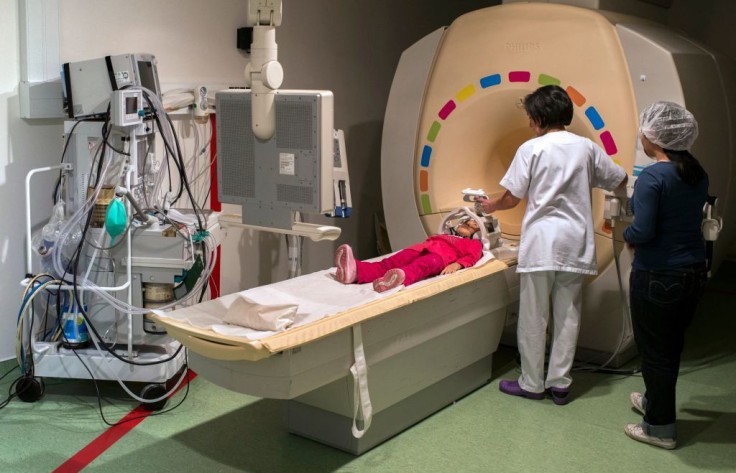
In a remarkable display of parental instinct, a mother's intuition has proven vital in saving the life of a toddler diagnosed with stage 4 pineoblastoma, a rare and aggressive form of brain cancer.
Laura Kelly and her husband Cheyne's world was turned upside down when they noticed a sudden change in their 16-month-old son Noah's eye movements. Little did they know that this subtle observation would lead them on a challenging journey towards a diagnosis that would require immense strength and resilience.
Journey to Their Brain Cancer Diagnosis
According to the Daily Mail, when Laura and Cheyne first noticed their son Noah's right eye turning inward, they couldn't shake the feeling that something wasn't right.
Despite doctors initially attributing the symptoms to a common virus or issues with Noah's eye muscles, Laura's motherly intuition told her there was more to the story.
Determined to find answers and ensure her child's well-being, she pushed for further investigation. Laura's persistence led them to schedule an appointment with an ophthalmologist specializing in pediatric eye conditions. The couple anxiously awaited the examination, hoping for some clarity about their son's condition.
As the ophthalmologist carefully examined Noah's eyes, their concerns intensified. To their surprise, the doctor revealed that there was no issue with Noah's eye muscles, but rather, his optic nerve was swollen.
The MRI revealed a sizable mass in Noah's brain. It was a devastating blow for Laura and Cheyne. The doctors described the tumor as "the size of a small mandarin," leaving the couple grappling with the reality of their toddler facing such a life-threatening condition.
Their lives were forever changed as they embarked on a challenging journey to tackle their son's diagnosis of stage 4 pineoblastoma, a rare and aggressive form of brain cancer.
Understanding Pineoblastoma - A Rare and Aggressive Brain Tumor
The Mayo Clinic stated that Pineoblastoma is a rare form of brain cancer that originates in the pineal gland, a small gland located in the center of the brain. This gland produces melatonin, a hormone essential for regulating the body's sleep-wake cycle. Pineoblastoma is known for its rapid growth and its ability to invade and destroy healthy brain tissue.
While it can affect individuals of any age, it is more commonly diagnosed in young children. Symptoms of pineoblastoma may include headaches, sleepiness, and changes in eye movement, as observed in Noah's case.
Treatment Options for Pineoblastoma
According to the Cleveland Clinic, although a cure for pineoblastoma is currently unavailable, there are numerous treatment alternatives to address this aggressive form of brain cancer.
Surgical intervention may be recommended by healthcare providers to remove the tumor, particularly if it has not spread extensively. However, treating pineoblastoma poses significant challenges, which heightens the likelihood of complications associated with this type of cancer.
Treating pineoblastoma presents significant challenges due to its aggressive nature and potential for spreading within the brain and surrounding fluid.
While a cure for pineoblastoma is not currently available, medical advancements offer various treatment options. The treatment approach typically involves a combination of surgical intervention, chemotherapy, and radiation therapy.
Surgery aims to remove as much of the tumor as possible, reducing pressure on the brain and optic nerve. Chemotherapy and radiation therapy work together to shrink the tumor and destroy cancer cells. In some cases, high-dose chemotherapy followed by an autologous stem cell transplant may be recommended.
Survival rates for pineoblastoma indicate that there is a possibility of survival for individuals diagnosed with this condition. The five-year survival rate ranges from 60% to 69.5%, implying that approximately 60% to nearly 70% of patients are still alive five years after their diagnosis.
It is important to note that pineoblastoma can potentially lead to a decreased life expectancy. However, there are available treatment options aimed at improving quality of life and extending survival.
Noah's journey with pineoblastoma has been filled with immense challenges and hardships for Laura, Cheyne, and their families. The support they have received from loved ones and their community has been invaluable during this difficult time.
As medical research advances, there is hope for improved treatments and outcomes for patients facing pineoblastoma.